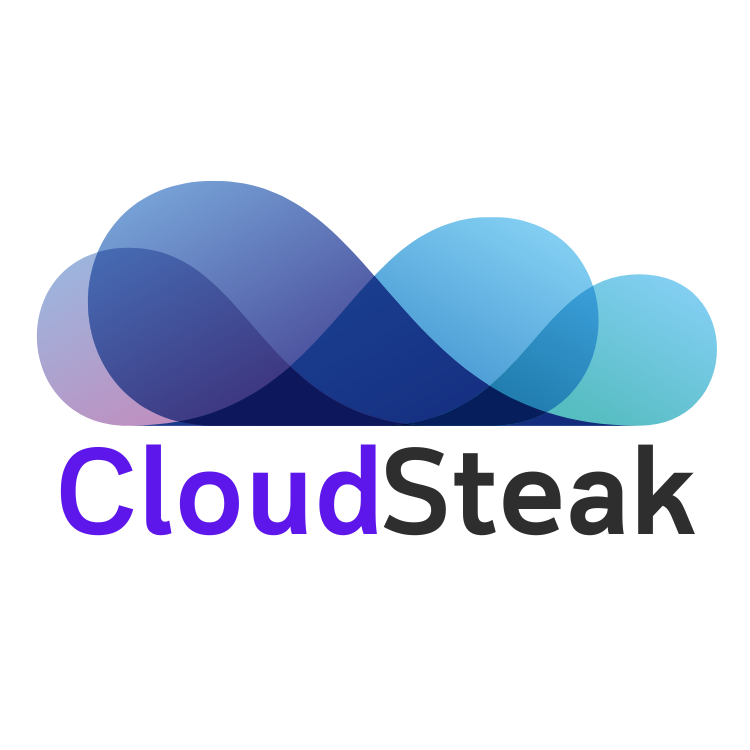Welcome to above the clouds

GCP – Inspiring the next generation of cloud professionals with Google’s Career Readiness Program
Like many states across the U.S., Kentucky experienced significant job shortages when the COVID-19 pandemic hit in spring of 2020. In the first four months of the pandemic alone, Kentucky’s workforce shrank by 112,000. Cloud computing talent gaps in the state have been particularly acute – with more than 1,000 open cloud roles in 2022 […]

GCP – 2022 Research Innovators celebrate achievements as applications open for 2023
In 2020, Google Cloud launched the Research Innovators program to encourage scientific breakthroughs with the latest cloud technologies. With access to Google experts and support from peers, research innovators are able to fast-track their projects for real-world impact. They receive additional Google Cloud research credits, support to share their work, speaking opportunities, complimentary admission to […]

AWS – Amazon MQ now supports RabbitMQ version 3.9.24
Amazon MQ now provides support for RabbitMQ version 3.9.24, which includes several fixes to the previously supported version, RabbitMQ 3.9.20. Read More for the details.

AWS – Amazon RDS Custom for SQL Server now supports AWS CloudFormation Templates
Amazon RDS Custom for SQL Server is a managed database service that allows administrative access to the operating system. Starting today, you can deploy RDS Custom for SQL Server by using AWS CloudFormation templates. AWS CloudFormation simplifies provisioning and management of resources on AWS. Read More for the details.

AWS – Announcing label feedback API for Amazon Lookout for Equipment
Amazon Lookout for Equipment analyzes equipment sensor data to train and build a machine learning model for your equipment – with no ML expertise required. Lookout for Equipment uses your unique ML model(s) and in real-time helps accurately identify early warning signs that could lead to machine failures. This helps you detect equipment abnormalities with speed […]

AWS – Amazon EC2 DescribeImages API now supports pagination
Amazon EC2 announces pagination for the EC2 DescribeImages API. It allows you to describe your images over a number of API requests, instead a single one. You can specify a page size when calling the API, which will be used as the upper bound for resources to return in a single request. A pagination token […]

AWS – Announcing the new security widget on AWS Console Home
Today, we are excited to announce the launch of a new Security Hub widget on AWS Console Home, providing a summary of your security posture generated by the security checks that you have enabled in your account using AWS Security Hub. Read More for the details.

AWS – Better reproducibility with SageMaker Automatic Model Tuning
Amazon SageMaker Automatic Model Tuning now gives you the option to set the seed to generate random hyperparameters for more reproducible tuning results. This enables use cases where you need to be able to reproduce your tuning job results, such as for compliance or regulatory reasons. Read More for the details.

AWS – AWS Resource Access Manager is now available in the Asia Pacific (Hyderabad) Region
Starting today, AWS Resource Access Manager (AWS RAM) is available for use in the AWS Asia Pacific (Hyderabad) Region. Read More for the details.

AWS – AWS Resource Access Manager is now available in the AWS Europe (Zurich) Region
Starting today, AWS Resource Access Manager (AWS RAM) is available for use in the AWS Europe (Zurich) Region. Read More for the details.
